Seminars 2019-2020
For the Winter 2020 semester, the seminars will be held on Thursdays at 12:00 PM unless otherwise specified. Food will be served before the talks. Financial support for the seminars was kindly provided by the Rackham Graduate School.
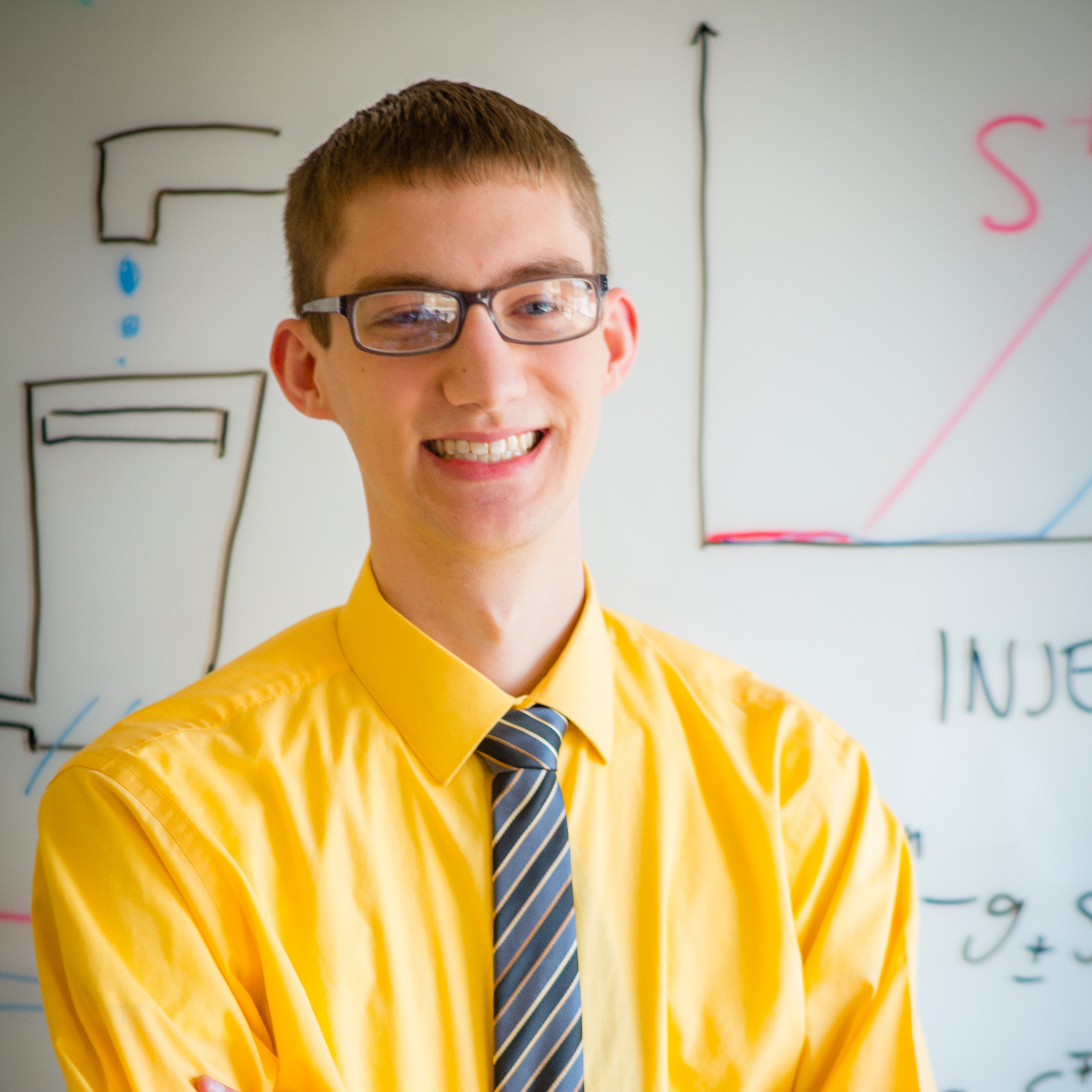
|
December 4, 2019 Expanding Epigenetic Targets Utilizing Droplet Integrated Chromatin Immunoprecipitation 12:00-12:30 | Duderstadt 1180Gloria DiazUniversity of Michigan Epigenetics is the study of phenotypic variation without changes to the underlying DNA sequence. By altering DNA accessibility and higher order chromatin structure through epigenetic modifications, gene expression can be activated or repressed. The epigenome plays a critical role in development and disease progression; therefore it is important to monitor abnormal alterations to help us better understand mechanistic development. Chromatin Immunoprecipitation with sequencing (ChIP-seq) is the gold standard for identifying loci associated with a specific target of interest. However, the limitations of ChIP-seq, including large cellular input (106-107cells), user-to-user variability, and long overall temporal demands (at least 4 days), limit it from being implemented clinically. Adapting ChIP-seq to a droplet microfluidic platform would address these limitations as well as advance its integration into clinical settings. In collaboration with the Mayo Clinic, we are working to streamline ChIP-seq utilizing droplet microfluidics through the development of sequential modules that perform standard steps in the protocol. Our initial module for this system simultaneously lyses whole cells, enzymatically digests chromatin, and delivers antibody-functionalized magnetic beads that target a mark of interest. The second module washes the magnetic beads with the bound target through a co-flow of four distinct wash buffers. Current work focuses on demonstrating the versatility of the droplet integrated ChIP system by incorporating a diverse range of epigenetic marks. Utilizing quantitative polymerized chain reactions (qPCR), we have demonstrated comparable enrichment for histone 3 lysine 4 trimethylation (H3K4me3) through our system to conventional ChIP.
|
|
December 4, 2019 Combining droplet microfluidics and targeted cell-sorting techniques to reveal neural subtype specification mechanisms in the neural stem cell lineages of Drosophila melanogaster 12:00-1:00 | Duderstadt 1180Nigel MichkiUniversity of Michigan The expansive neural diversity observed in vertebrates requires efficient and robust subtype specification mechanisms. However, the scale of neurogenesis in even simple vertebrates has made studying these mechanisms particularly challenging. The 16 type-II neural stem cells (neuroblasts) in Drosophila melanogaster (the fruit fly) provide an excellent in vivo model system for probing the mechanisms behind neural subtype specification, as the intermediate neural progenitors (INPs) they generate are remarkably similar to the neural progenitors found in lower vertebrates and humans [Hansen et al., Nature, 2010]. We aim to better understand both which neural fates are specified during type-II neurodevelopment and how they are specified by their progenitors. Using genetic targeting to fluorescently label and sort the type-II neuroblasts' progenies, we acquired scRNA-seq data from ~3800 fluorescently sorted cells using a droplet microfluidics platform. We subsequently used standard bioinformatics pipelines to identify a variety of different cell type clusters representing putative progenitor (INP), precursor (GMC), neuronal, and glial subtypes. The presence of cell clusters clearly expressing previously identified type-II system markers, such as Dichaete,grainy-head, eyeless, bsh, and toy [Bayraktar and Doe, Nature, 2013], give us confidence that our cell population is pure. Guided by this and the many other prior studies of the type-II system, we manually identified known and new subtype clusters and performed differential gene expression analysis to identify a variety of new marker genes that may also play a role in specifying final cell fates. Using gene-reporter fusion constructs and immunostaining, we show that these genes are in fact upregulated in a subset of the type-II progenies. By performing RNAi knock-down experiments, we hope to determine which, if any, are necessary for correctly carrying out the stereotypical INP temporal transcription factor progression.These critical insights will enable us to better understand both the scale of and mechanisms underlying neuronal subtype specification in the type-II neuroblasts, and due to their similarity to vertebrate neural stem cells may further our understanding of why neurogenesis via intermediate progenitors is the predominant form of neurogenesis in vertebrates.
|
|
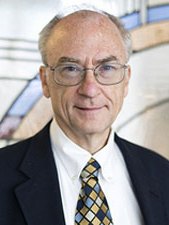
|
November 20, 2019 Drying, Combing and Swimming: Microfluidic Methods in Bio-Engineering 12:00-1:00 | Duderstadt 1180Prof. Ronald LarsonUniversity of Michigan Professor Larson assess the use of microfluidics in a simple drying droplet as a means of protein identification by exploiting the specificity of the pattern of the dried stain. Analysis of the heat, mass, and momentum mechanics allows the flow and its effect on solute deposition to be analyzed. Professor Larson's group then consider “DNA combing,” a microfluidics method for anchoring single DNA molecules to a surface, and use this to measure the rate of protein binding and RNA transcription. They then show how E. coli bacteria swimming and steer themselves towards nutrients by exploiting low-Reynolds number hydrodynamics.
|
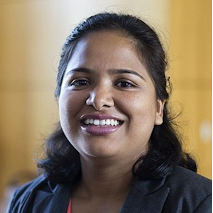
|
November 6, 2019 Engineered Cellular Microenvironments 12:00-1:00 | Duderstadt 1180Prof. Geeta MehtaUniversity of Michigan Prof. Mehta uses biomaterials and microtechnology as tools to create engineered cellular microenvironments in order to study biological problems in the areas of ovarian cancer, breast cancer, and bone marrow stem cells.Her research strengths are in the areas of cancer microenvironments, stem cell engineering, tissue regeneration, microfluidics, biomechanics, biomaterials, tissue engineering and regenerative medicine. As an Assistant Professor in MSE, she plans to leverage these strengths to develop strong collaborations with her colleagues who are working on various facets of materials science, and together make significant contributions in the fields of tissue engineering, regenerative medicine, as well as, drug development and delivery. She is building a research group that emphasizes both fundamental as well as applied research, and involves extensive multidisciplinary and interdepartmental collaboration.
|

|
October 23, 2019 Synthesis in the chemical space age 12:00-1:00 | Duderstadt 1180Prof. Yu-Chih ChenUniversity of Michigan Yu-Chih Chen received his dual bachelor degrees in Electrical Engineering and Law from the National Taiwan University, Taipei in 2008, his Ph.D. degree in Electrical & Computer Engineering at the University of Michigan, Ann Arbor in 2014. He is currently a research faculty in both Electrical & Computer Engineering Department and Forbes Institute for Cancer Discovery of the University of Michigan, Ann Arbor. Yu-Chih was a recipient of the TSMC Outstanding Student Research Award (2008), Orienstein Ph.D. Fellowship (2009), Best Post-Doctoral Speaker Award in Microfluidics in Biomedical Sciences Training Program (2015), and Emerging Forbes Scholar selected by Forbes Institute for Cancer Discovery (2017). He has served as a Session Chair and judge for Engineering Graduate Symposium, the University of Michigan, and Microfluidics in Biomedical Sciences Training Program (MBSTP). His current research focuses on microfluidic high-throughput single-cell assays, next generation sequencing (NGS) for single cells, machining learning based on cellular morphology. Collectively, the integrative method enables the discovery and validation of novel regulators in cancer initiation and metastasis.
|
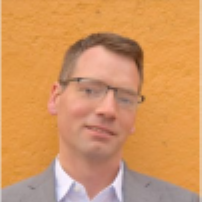
|
October 9, 2019 Synthesis in the chemical space age 12:00-1:00 | Duderstadt 1180Prof. Timothy CernakUniversity of Michigan Professor Timothy Cernak's Lab at the studies the interface of chemical synthesis and computer science. The functional and biological properties of a small molecule are encoded within structure, so synthetic strategies that access diverse structures are paramount to the invention of novel functional molecules such as biological probes, materials or pharmaceuticals. The Cernak use algorithms, robotics and big data to invent new chemical reactions, synthetic routes to natural products, and small molecule probes to answer questions in basic biology. The lab employs informatics in reaction discovery, total synthesis, cell imaging and medicinal chemistry studies. Researchers in the group learn high-throughput experimentation, basic coding, and modern synthetic techniques. By studying the relationship of chemical synthesis to functional properties, The Cernak Lab pursue the opportunity to positively impact human health.
|
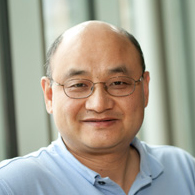
|
September 25, 2019 High Performance GC and breath analysis 12:00-1:00 | 2505 GGBProf. Xudong (Sherman) FanUniversity of Michigan Gas chromatography (GC) is a gold standard in a vapor analysis. However, traditional GC is bulky and power intensive, and requires dedicated personnel. Professor Fan's group have developed high-performance, modularized, multi-channel, multi-dimensional micro-GC devices that are able to rapidly analyze vapor molecules with high resolution, while having small footprint and light weight and maintaining high separation capability. In this talk, Professor Fan will introduce GC principle and describe design/fabrication of GC components, including micro-pre-concentrator, micro-thermal injector, micro-Deans switch, micro-column, and micro-photoionization detector, as well as assembly of the fully automated GC devices. The application of micro-GC in breath analysis for disease diagnosis and monitoring will be discussed.
|
